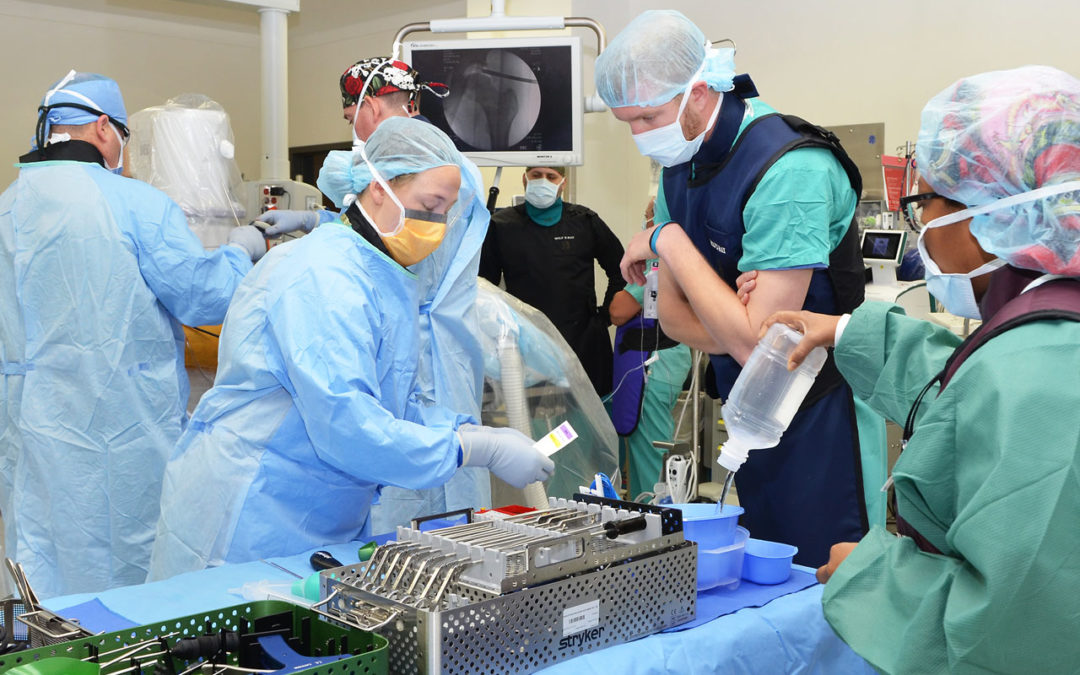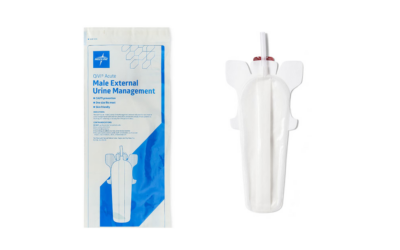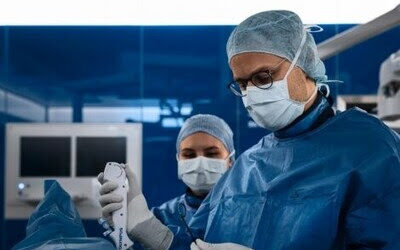
Story by Patricia Deal
FORT HOOD, Texas | A team is only good as its members and the surgeons, emergency physicians, nurses and operating room techs from 1st Medical Brigade’s 555th Forward Resuscitative Surgical Team proved their mettle as they worked seamlessly together to perform critical surgeries at Carl R. Darnall Army Medical Center here February 10.
FRSTs are highly mobile 10-20-person medical teams that operate close to the front lines providing lifesaving surgery for wounded or injured soldiers on the battlefield. They are highly trained for advanced trauma and are fully equipped and prepared, mentally and physically, to deploy in short notice.
The soldiers from the “Triple Nickel” maintain their readiness by training and then more training between deployments. But getting to that highly synched, seamless functioning level is not without its challenges.
“Typically the surgeons and doctors assigned to the team have full-time duties at the MTF (medical treatment facility) while nurses and OR techs are back at the unit,” explained Capt. Juan Morales-Cotto, perioperative nurse. “While we do frequent combat field exercises to hone our medical skills the soldiers do spend time in the office, motor pool or doing whatever soldiers tasks they need to. That’s why it is absolutely critical for the team to come together at every opportunity and operate as we would downrange.”
This is the first time CRDAMC’s facilitated this type of rare training opportunity, but it’s definitely not the last, according to the hospital commander, Col. Richard Malish.
“As part of the transition to the Defense Health Agency, Army medicine’s focus is on readiness, modernization and its people to support the needs of the warfighter. Everything we do permeates readiness as our mission is to provide a medically ready force and ready medical force,” Malish said. “Readiness training doesn’t just benefit combat medicine, it means better trained doctors and nurses who are committed to providing the most up-to-date, superior health care whether on the battlefield or in the operating rooms of our hospital.”
Morales-Cotto said real time training with real patients not only helps hone the team’s medical skills but operating together allows team members to be able to build a working relationship, to figure out what each of their strengths and weaknesses are, both individually and as a team.
“Downrange it’s very fast-paced and stressful. You have limited resources and personnel. Everyone takes on different roles so the techs need an idea of what the ER doctors do, and what they will be expecting of them and vice versa,” he said. “I train my techs that we need to always be ahead of the surgeon. By doing this type of real-time training, they can see first-hand how it will all come together downrange.”
Maj. Patrick Krum, nurse anesthesiologist, agreed that this was a great training opportunity for the team. He’s been with the Triple Nickle for about six months and feels confident the team will do well downrange.
“You hit the ground running downrange and that’s not the time to figure out what you’re supposed to be doing. You have to have developed that muscle-memory and to be able to take immediate action,” Krum said.
Krum who has deployed before with another combat medical unit, said he tells his team members, “Expect the unexpected. There’s just no way to predict how it will go. There will be changes and challenges, you have to be ready.”
Sgt. Colleen Mims 68C (licensed practical nurse) said she takes heed of Krum’s and other experienced team members’ advice.
“This is my first deployment and the first time we’ve deployed together. With all our training, I’ve experienced the whole gamut of operations and think it’s prepared me well,” Mims said. “I’m actually looking forward to it. It’s so much different than operating in a typical hospital in garrison. This is what I signed up for.”














